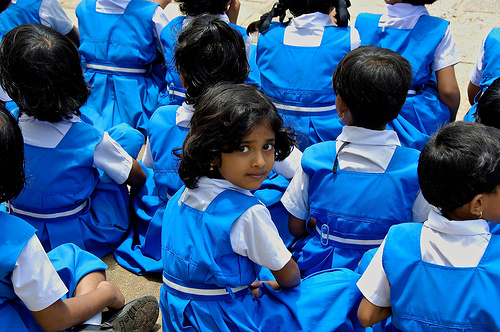In another 20 years, India will have caught up with China in terms of population. The UN projections of population indicate that in 2030 the two countries are expected to have around 1.4-1.5 billion people each, with India marginally ahead of China. The period 2025-2030 will be a significant time in terms of China’s demography, with the rate of population growth reducing to zero during that period. By then, China is no longer expected to have net addition to its population. The number of births will match the number of deaths, with the latter gradually overtaking the former to push China into a negative rate of population growth after 2030. This will be the culmination of a remarkable demographic transition in China. It will mark the end of a period comprising almost seven decades during which China will have reduced its rate of growth in population from 2.6 per cent (mid-1960s) to less than zero.
India,on the other hand, will continue to add people to its population. At the time when China is expected to have negative population growth, India’s population is projected to be growing at around 0.6 per cent per year. Indeed, India is not projected to reach a zero rate of growth in population for more than two decades after China does. It will have around 1.6 billion people in 2040 compared with China’s 1.4 billion. The combined China-India population is expected to increase from its current level of 2.6 billion to 3.0 billion by 2040, with most of the increment coming from India.
These big picture demographic changes will be accompanied by more subtle demographic transformation. The most discussed and familiar of these is the change in the relative weighs of working age population (15-60 years) in total population. India will remain a younger country than China in 2040, with a median age of 35 years compared to 44 years in China. China’s population is expected to age faster over the next three decades, with the percentage of sixty-plus people in total population projected to increase from 12.3 per cent in 2010 to 27.5 per cent in 2040. The corresponding increase in India is expected to be from 7.5 per cent in 2010 to 15.6 per cent in 2040. The difference in ageing will influence the proportion of the working age population to total population in each country. At present, the proportions of working age people in total populations are 67.8 per cent cent and 61.7 per cent in China and India respectively. Right now China has, the ‘demographic dividend’ of having a larger working force cohort. Come 2040, the proportions are expected to reverse, to 62.4 per cent for China and 64.6 per cent for India.
One needs to be cautious in claiming that the change will give a decisive economic advantage to the Indian economy vis-à-vis China. In absolute terms, the proportions imply that in 2040 there will be around 1 billion working age people in India compared with 0.9 billion in China. Given the sizes of the two economies, the difference is marginal. However, given that India will continue to experience net additions to its population well after 2040, the working age population is expected to increase further. Hence, India’s expected higher returns from the demographic dividend vis-à-vis China are likely to grow over a three-decade-plus time horizon from now.
These evolving demographics bring with them a complication for India, usually overlooked in the euphoria over the demographic dividend. The density of India’s population (people per square kilometre) is projected to increase from 369 to 476 over the period 2010 to 2040. During the same period, China’s population density will rise from 141 to 152. India will have to handle the challenge of accommodating its population growing at a faster rate than China’s within a land area that is much smaller than China’s. The obvious implications of an adverse land-per head ratio are greater pressures on natural resources and public goods. Inadequate supply responses on these fronts can easily erode much of the demographic dividend.
Amitendu Palit is a visiting senior research fellow at the Institute of South Asian Studies (ISAS) in the National University of Singapore.


Comparisons of population per total land area are rather meaningless without regard to quality of land and to other factors of production.
The more important challenge for India will be to try to educate its more rapidly growing population.
As per my inputs, the per capita availability of arable land in India will still be higher than China. Quality of population is more important. Educated and with access to proper health care , population could be a positive factor.
India’s population will be one of the important demographic stories in coming decades. Population control is a common agenda. Swelling population will cause spurt in resource crunch,unemployment,asset conflicts,corruption and other serious social issues. It is time that Government should act strongly before the situation goes out of control after say about 30-40 years.
The population density of China as a nation is 145 people per square kilometer. It has had a rough population history, covered with war and cataclysmic events. Six of the twelve most fatal wars over the globe occurred in China, killing about 123 million individuals or more… http://populationof2019.com/population-of-china-2019.html